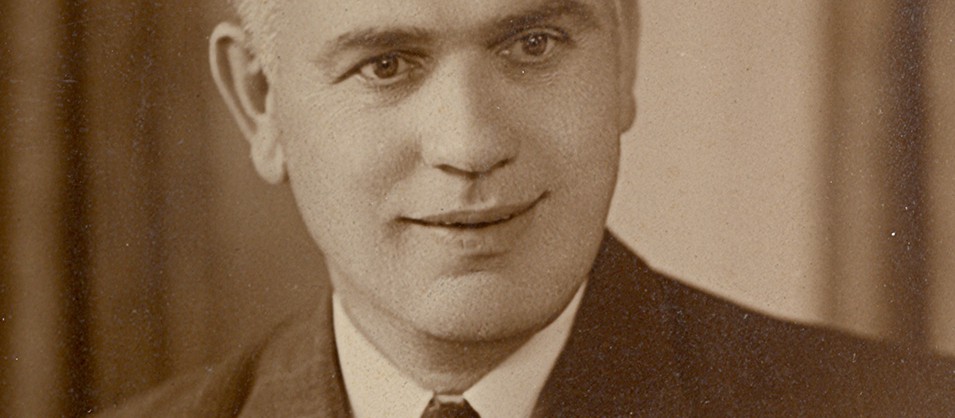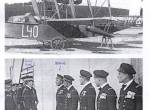
The educational journey of the robber Stetka
A nature trail around the surroundings of Štětí for the whole family, introducing the history and picturesque nature, industry and agriculture of Štetsko. The legendary robber Štětka and his four-member team are guiding the tour, giving information on a marked circuit starting from
In the old days of the Thirty Years' War, the robber Štětka was the master of the deep forests, fields and hillsides around the town of Štětí. Today, his home is the former Mordloch Cave, hidden away from people in the middle of the Stračen forests. Who knows him in the region. He protects the poor and honest, and justly punishes dishonesty and avarice. He has walked this land many times. He knows every road and footpath here.
During your adventurous journey with the robber Stetka you will come across educational boards that will tell you all about the history, nature, fauna and flora, industry and agriculture of the local region or visit the mythical cave Mordloch of the robber Stetka. You can also try out a discovery competition Following the footsteps of the robbers or robber geocaching.
Stops

Štětí, nursing home
PERSONALITIES OF THE TOWN OF ŠTĚTÍ
Augustin Lukes
Augustin Lukeš, patriot, teacher, school director and mayor of Štětí, was born in the Příbram region on 1 August 1894. As the son of a miner, his life was not a bed of roses. His father was killed by a mine before he graduated from the Pribram real school. The young boy was thus forced to help himself to his studies with conditio. The strong and talented student was especially supported by Professor of Natural Sciences Jan Roubal and Professor of Czech Josef Geiger. The born tribune of the people, still in his military blouse, came to the Germanized town of Štětí, then a town of two thousand people, to become a builder of the Czech people in the midst of the national struggle. He teaches and educates the youth, lectures for the adults he gathers around him. He easily studies further and grows up after his teacher's exams into an important folk education worker. In the following years, as director of the Czech schools and mayor of the town, he has a lot of work to do. After the construction of a modern school building in 1933, he spiritually connects the Czech youth of both banks of the Elbe and strives with his colleagues for a permanent connection - he asks for the construction of a bridge across the Elbe. Augustin Lukeš, the persistent one of his father, does not relent and, on the contrary, increases his pace as his work increases. He is in a hurry, as if he suspects that he will not be allowed many years... 1938 is the year of the beginning of the Calvary of the Czech nation. Lukeš takes refuge with his family with the Sokol brothers in Brandýs n. L. and starts a new job. He conducts scientific research in schools and submits a comprehensive study for the inspector's examination. He firmly believed that he would return to Štětí after the war. He didn't. He gave his life for the Czech town of Štětí on 25 April 1942 at the age of 48. He died in the concentration camp in Auschwitz. After the war, the Czechoslovak government awarded him a war decoration and he was also appointed school inspector in memoriam.
Ernst Kreische
He was born on 5 June 1902 in Děčín as the son of a pharmacist. He graduated from the teacher's institute in Litoměřice and after obtaining his certification he became a teacher of vocational subjects at the German burgher school in Štětí. However, he was also a talented poet and writer. In addition to his lyric poetry collections, he also wrote a number of novels. As a member of the German Social Democracy, he was in opposition to the Henleinites from 1933 onwards and also in contact with German authors fleeing Hitler. He was, for example, a member of the Prague Association of German Writers. In 1937, on behalf of this association, he was invited to President E. Beneš to Prague Castle. In the then German town of Štětí, the Social Democrats, led by Kreisch, allowed the election of a Czech teacher, Augustin Lukes, as mayor in 1933, which the Henleinites never forgave. Ernst Kreische was therefore under constant surveillance by the Gestapo throughout the occupation. Repeated interrogations contributed to the deterioration of his health, but even so, question marks remain over his untimely death on 8 September 1944. He died in a hospital in Litoměřice a week after former mayor Leopold Pólzl died very mysteriously in a hospital in Ústí nad Labem. In 1991, a memorial plaque was unveiled on the building of the nursing home in Štětí in honour of E. Kreische.
Václav Voseček
He was born on 26 September 1882 in Hořice. He joined the Austro-Hungarian Navy on 29 June 1902 at the Naval Academy in Rijeka (now Fiume). He then served on more than a dozen ships of the Kriegsmarine. For example on the battleship S.M.S. Tegetthoff and cruiser S.M.S. Zenta. He completed his flight training in 1911. In August 1914 he received his FAI Naval Pilot's Diploma No.1. From 1913 he served at the Naval Air Station Santa Catarina in Pula. After the outbreak of the war, he became commander of the Austro-Hungarian Naval Air Force on 4 September 1914 and also commander of the Naval Air Force base in Pula. After Italy declared war on Austria-Hungary on 23 May 1915, Voseček carried out the first raid against Italy on the night of 23-24 May. Three days later, during a raid on Venice, he had to make an emergency landing in the Comaccio Lagoon, where he fell into Italian captivity. In May 1917 he managed to escape from captivity via Switzerland. He then re-joined as a base of Santa Catarina in Pula. After the establishment of Czechoslovakia, he enlisted in the service of the Czechoslovak Navy on the Elbe and Danube rivers. In 1919 he is accepted into the service of the merchant navy and becomes first officer on the first ocean-going vessel of the Czechoslovak Republic, the naval steamer Legion. In 1921, he became captain of the Legion. In 1936 he moved with his second wife Jindra to Štětí, where he built a villa on the banks of the Elbe. In October 1938, after the Munich Conference, most of the Czech inhabitants fled to the Protectorate, but the Voseček family did not leave their home and stayed in Štětí throughout the Second World War. In May 1945, V. Voseček became a member of the National Committee, which took power in Štětí. In 1948, the Voseček family, along with several other non-Communists, did not escape the pillory. He died of cancer in 1969.


